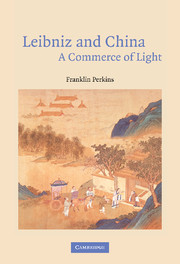1 - Europe encounters the world
Published online by Cambridge University Press: 16 November 2009
Summary
EUROPE AND OTHER CULTURES
If we insist on characterizing our age as multicultural, we should recognize it as a late phase of an age that began with increased pressure and contact with the Islamic world in the twelfth century. This pressure helped to drive the attempts to develop a sea route to Asia, which in turn led to the European “discovery” of the Americas. The history of Europe's encounter with other cultures, however, goes back much further. At no point was Europe or “the West” self-sufficient. Alexander and his troops reached India in 326 bce. By the second century, Indian merchants traveled to Egypt and in 26 bce a mission from Sri Lanka met with the Emperor Augustus in Rome. In the second or third century ce, Roman traders reached China, where 90 percent of Rome's silk originated. Clement of Alexandria mentioned Buddhism in the third century ce, at the same time that Hippolytus discussed the Upanishads. Mani, the founder of Manicheanism, may have traveled to India and named Buddha as one of his divinities. It is difficult to judge the influence contact with Asia and Africa had on the philosophies of the Greco-Roman world, but, at the very least, this contact contributed to the development of cosmopolitan thought and the conception of a human being as a citizen of the world.
Coming into the Christian, medieval world, the distinction between Europe and non-Europe is less clear and relevant than that between Christian and non-Christian, as non-Christian cultures became the “other” to Western Christian identity.
- Type
- Chapter
- Information
- Leibniz and ChinaA Commerce of Light, pp. 1 - 44Publisher: Cambridge University PressPrint publication year: 2004



